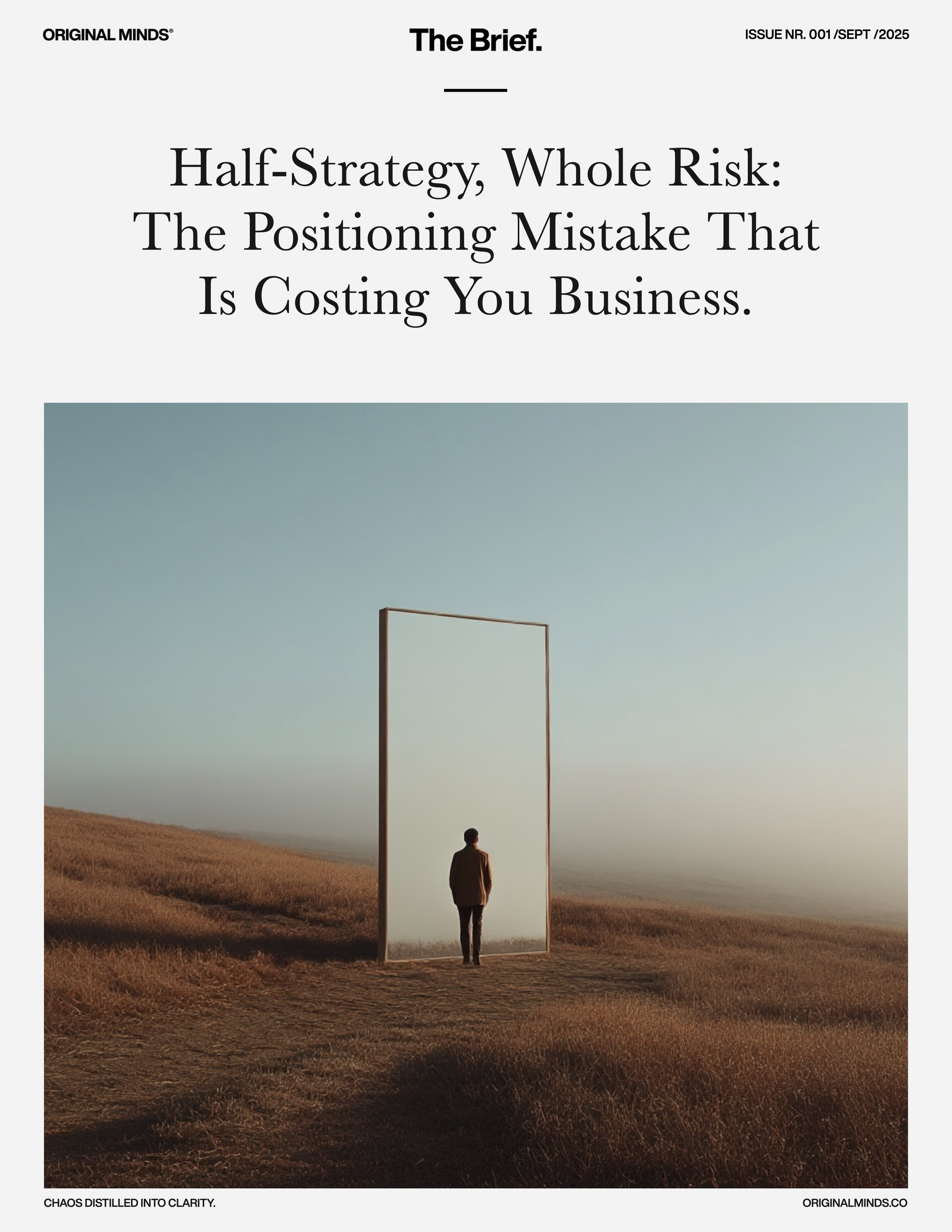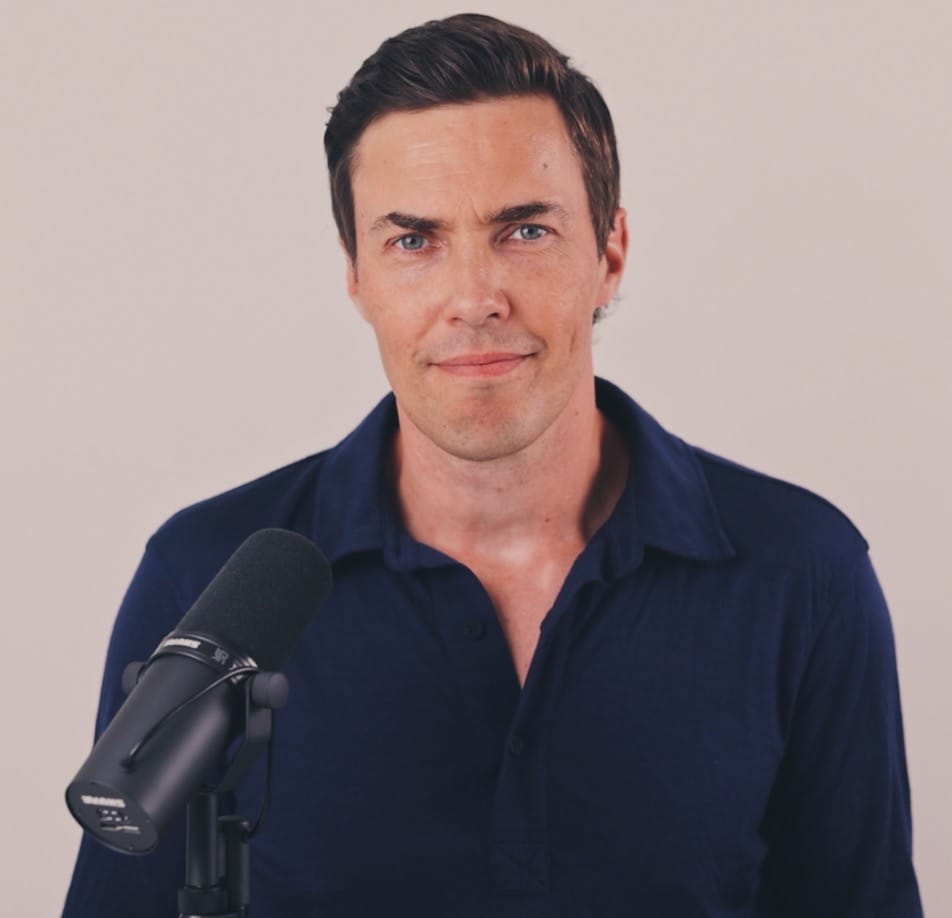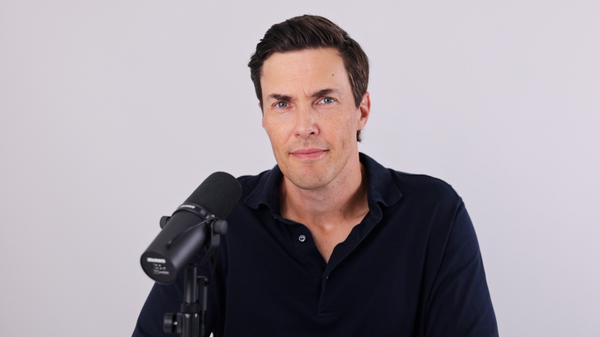Download the PDF file here:

Executive Summary
Most agencies, consultancies, and studios believe they have a strategy. In truth, they only have half of one.
They can tell you where they play (“we build brands,” “we connect companies with audiences”), but they can’t tell you how they win. That missing half leaves clients asking: Why you? Why now? What outcomes can you actually deliver?
This “strategy gap” is costing firms revenue, margins, and long-term relevance. The good news? Closing it is less about inventing jargon, and more about sharpening clarity.
The Missing Half of Strategy
Roger Martin’s Playing to Win boils strategy down to two deceptively simple questions:
- Where do you play?
- How do you win?
Most firms can answer the first. Very few can answer the second.
They’ll say things like:
- “We build brands.”
- “We transform businesses.”
- “We connect companies with audiences.”
Nice words, but meaningless in practice. It’s like a football team saying: “We play in the Premier League.” Great — but are you winning with speed, defense, nurturing talent, or buying superstars?
Without how you win, you’re just one more team in a crowded league.
The Brutal Cost of Generic Positioning
When you only define where you play, you sound like every other firm in your category.
- Brand agencies that “create meaningful connections.”
- Consultancies that “drive transformation.”
- Digital shops that “combine creativity with technology.”
It’s wallpaper. Buyers stop listening. Research shows that 50% of B2B brands are so undifferentiated that buyers confuse them with competitors — meaning your marketing budget could literally be building someone else’s pipeline.
Once buyers perceive firms as interchangeable, they default to the lowest price. And once you’re competing on price, the game is already lost.
Why Professional Services Struggle With “How You Win”
Roger Martin’s research shows most companies mistake planning for strategy. They make sensible-sounding initiatives with price tags, but no integrated set of choices that actually shape competitive advantage.
Professional services are especially vulnerable:
- They’re terrified of saying no to opportunities.
- They believe broader = safer.
- They confuse activity with advantage.
Martin calls this “choiceless doers” — firms that execute tasks without making the hard strategic choices that create lasting value.
What “How You Win” Looks Like
The firms who close the gap know exactly where their edge lies.
- Unique process or philosophy
→ “We strip brands down to a single sharp sentence before we build them back up.” - Distinct talent or expertise
→ “We only hire journalists to do content strategy, so everything we write actually gets read.” - Outcome obsession
→ “We don’t just design brands, we design them to sell at a higher multiple in three years.”
This isn’t marketing fluff — it’s your strategy moat. It’s the reason buyers lean in and think: “These people know something the others don’t.”
The Two Ways You Can Actually Win
According to Martin, there are only two sustainable ways to win:
- Be the lowest-cost provider.
→ Rare in professional services, almost impossible to scale with talent-based businesses. - Be meaningfully differentiated.
→ Clear, sharp, and defensible.
Test yourself:
- Could you withstand a competitor cutting prices and remain profitable? If not, you’re not low-cost.
- Could buyers flip a coin between you and a competitor? If yes, you’re not differentiated.
If you’re neither, you’re a target. Competitors will undercut, overwhelm, or outposition you.
The Litmus Test: Why Should They Choose You?
At the end of the day, every client and customer is asking one simple question:
“Why should I choose you?”
Your positioning determines whether you’re seen as:
- One choice among many (undifferentiated, competing on price)
- One choice among few (specialized, relevant, credible)
- The only choice (the obvious partner for a specific audience or need)
To be the chosen one, you don’t need to be everything. You need to be the most relevant to a specific audience’s needs, wants, and tastes.
That means making hard choices: narrowing your focus, simplifying your message, and aligning everything you do around the clients who matter most.
Because until you do, you’ll remain just another option on a long list. And when you’re just “one of many,” the only lever left to pull is price — which is no strategy at all.
The Financial Impact of Getting This Right
Firms with strong, differentiated positioning see measurable impact:
- 10–23% higher revenue growth from consistent positioning.
- 90% of B2B deals go to “known” (positioned) vendors.
- Premium pricing power — less discounting, more margin.
- Stronger client loyalty & LTV — because clients know why they chose you.
Differentiation doesn’t just make you look better. It makes you more profitable, more defensible, and more valuable.
Closing the Strategy Gap
If your firm can only say where it plays, you don’t have a strategy — you have a category label.
Closing the gap means:
- Making sharper choices.
- Saying no to work that doesn’t fit.
- Defining not just what you do, but how you do it better, faster, or more distinctively than anyone else.
Once you can articulate this clearly, everything changes:
- You stop competing on price.
- You start competing on value.
- Buyers finally have a reason to choose you.
The question is: will you remain a “choiceless doer” in a commoditized market, or will you make the choices that create a true competitive advantage?
Takeaway
👉 Most agencies and consultancies lose deals not because of bad work, but because of half a strategy.
Don’t just tell me where you play.
Tell me how you win.










